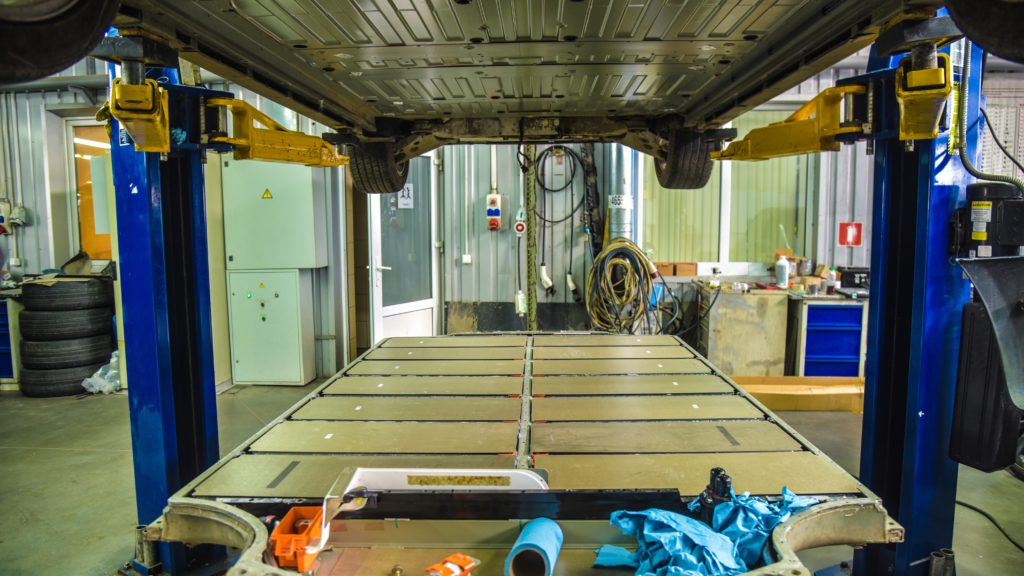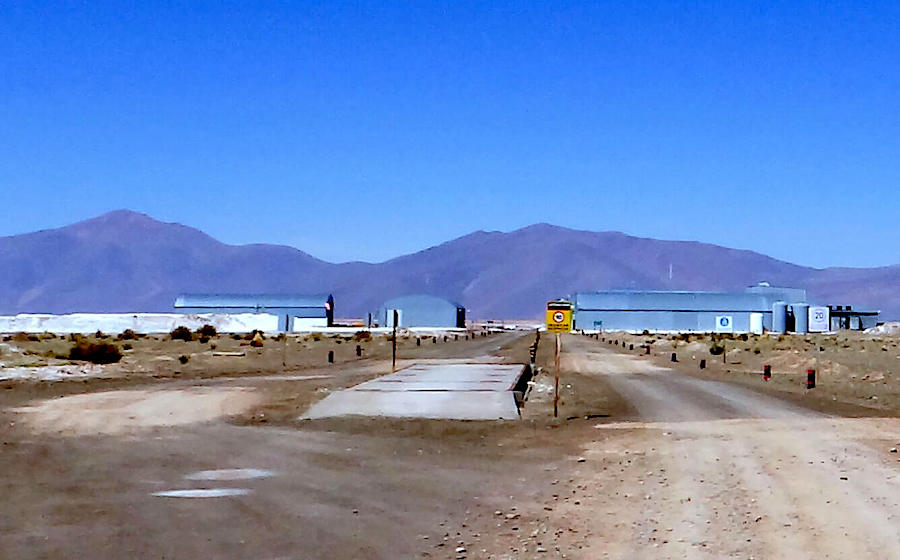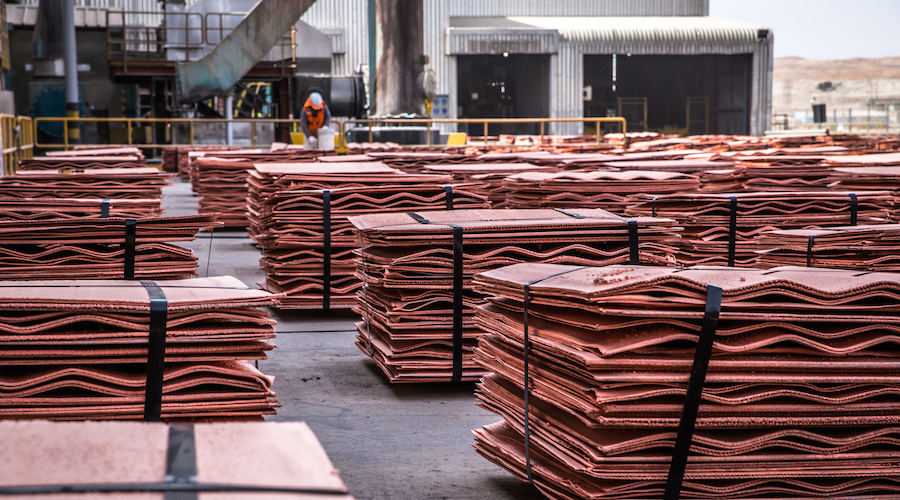Column: Mining is key to the energy transition, but it’s still unloved

(The opinions expressed here are those of the author, Clyde Russell, a columnist for Reuters.)
Mining is probably the most vital sector to the global energy transition and the success of the much-vaunted net-zero carbon emissions by 2050 targets. Still, it’s currently the laggard in the process.
The mining industry is largely at an inflection point insofar it knows its raw materials are the building blocks of the move from fossil fuels to clean energy, but it can’t seem to convince the rest of world that this is the case.
The overwhelming message from miners, and investors at two major mining conferences in South Africa this week is that the situation is urgent, and getting worse.
The challenges do seem pressing, given the vast volumes of copper, lithium, cobalt, nickel, zinc, manganese and graphite that will be required, and the limited plans to develop new mines to produce the metals needed.
The mining industry faces several issues that it needs to address, but still seems to be grappling with how to get its message across.
Related Article: Elon Musk says Tesla open to buying a mining company
These include, how to convince investors that the real action in mitigating climate change has to be at the very start of the process, namely producing raw materials, rather than at the end, namely making electric cars and things like solar panels.
Once convinced, the battle then becomes to get investors to put capital into new mines, which are often located in challenging jurisdictions and will take several years to return a profit.
Even if you can get that far, the process of dealing with governments is fraught, even in developed mining countries such as Australia.
There is a myriad of development and environmental approvals to be secured, local communities to be consulted and won over, and then transport and logistical issues to be overcome.
And even if you can succeed to this point, the cost of developing new mines is rising at a faster pace than the price of the commodities they produce.
In other words, just because copper has traded this year at record highs above $10,000 a tonne doesn’t mean that building a new copper mine is necessarily an economic no-brainer.
And finally, the mining industry has to battle its largely negative image problem and its ongoing association with the climate bogeymen of coal miners.
Mines tend to be scars on the countryside, even well-managed and environmentally sound projects often look like blighted landscapes with large open pits, heavy vehicles, processing plants and tailings dams.
Investing in a shiny new Tesla motor car or a household battery wall unit looks far more attractive than a copper mine in Zambia or Indonesia.
Perhaps this explains why Tesla trades on a price-earnings ratio of about 106, while the world’s biggest mining company BHP Group has a P/E ratio of 9.96 and peer Anglo American has one of just 5.95.
The question for the mining industry, and the broader energy transition, is how mining reverses the current lack of interest and urgency.
Total change
It seems likely that commodity prices will have to remain at historically high prices, while being less volatile, in order to convince those with capital that the returns are viable.
Governments will have to do much more to speed up permitting and environmental approvals, and finally, those with an interest in meeting the net-zero by 2050 will have to overcome their innate distaste for mining.
A panel of investors at the 121 Mining Conference in Cape Town this week saw speaker after speaker lament the lack of government urgency, the seeming lack of interest among the major mining companies to build new mines, the reluctance of banks to finance projects and the poor image of mining among green investors, notwithstanding how vital metals will be to the energy transition.
“We have to totally change the image of the mining industry,” said Brian Menell, chief executive of investment company Techmet, adding that only this would serve to attract investors focused on environmental, social and governance (ESG) issues.
Lloyd Pengilly, chairman of Qora Capital, said a “quantum leap in demand” coming for battery metals that the industry is in no position to meet.
Taking graphite as an example, Pengilly said the current global market for the battery anode component was about 1 million tonnes per annum, of which China controlled about 650,000 tonnes.
This needs to double to 2 million tonnes within five years in order to meet battery demand, but there are only a handful of graphite projects under development, and even if all proceed, which is unlikely, it still won’t meet the expected demand.
The message may be starting to get across, with South African President Cyril Ramaphosa delivering a mining-friendly address to the Mining Indaba event on Tuesday, pledging his government will fix transport infrastructure, and electricity generation while making exploration and building mines easier.
However welcoming the change in rhetoric may be, the words need to be followed with action to avoid a crunch of raw materials that threaten the intended pace of the energy transition.
(Editing by Stephen Coates)
{{ commodity.name }}
{{ post.title }}
{{ post.date }}



Comments
Mike Travis
The real question should be is anthropogenic climate change actually real. The Scientific method is not based on consensus as many claim but on peer reviewed, verifiable, reproduceable results from valid experiments. Anything less than true, unbiased science is not worthy of being called science.